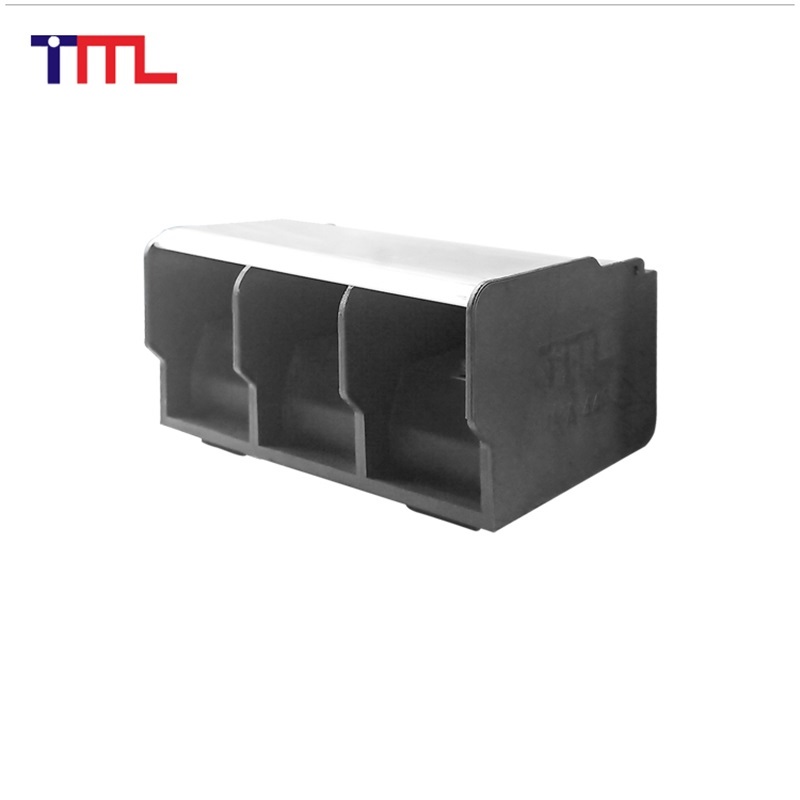With the continuous advancement of computer control, electronics, and materials science, industrial robots have achieved remarkable performance levels. However, despite these technological strides, global adoption of industrial robots remains uneven across industries, even in developed nations. This suggests that the path toward full localization and widespread integration of industrial robots is still long and challenging.
As a critical component of the manufacturing sector, industrial robots are deeply intertwined with the economic dynamics of industrial development. Therefore, understanding their historical evolution and future trends is essential for meaningful research and innovation.
Industrial robots represent a cutting-edge form of automated equipment that combines advanced technologies such as mechanical engineering, electronics, control systems, computing, sensors, and artificial intelligence. Since the U.S. introduced the first industrial robot in 1962, the field has grown rapidly, evolving over nearly five decades into a cornerstone of modern manufacturing.
Thanks to advancements in computing, electronics, and materials, industrial robots now serve as key tools in flexible manufacturing systems, automated factories, and computer-integrated production lines. Their capabilities have reached a high level, enabling greater efficiency and precision in industrial applications.
Today, the development of industrial robots is moving in deeper and broader directions, with increasing intelligence and expanding applications. From automotive manufacturing, they have spread to electronics, mining, construction, and even hydropower system maintenance. The scope of robotic applications continues to grow, reflecting their growing importance in both manufacturing and non-manufacturing sectors.
The U.S. is actively pushing robotics innovation, while Europe and Japan remain leading suppliers, having achieved full autonomy in core components like sensors, controllers, and precision speed reducers. Still, global penetration of industrial robots is not yet complete, even in advanced economies.
At the same time, sustained economic growth and urbanization—especially the rise of the domestic internet and mobile internet—have transformed the consumer market. Consumers now demand more from products: higher functionality, better quality, and greater customization. This places higher expectations on the manufacturing process, which in turn demands more advanced and intelligent industrial robots.
With rising labor costs and the need for economic restructuring, China’s manufacturing industry is undergoing a transformation. "Machine substitution" has become a significant trend in recent years. Currently, China is the world's largest industrial robot market, accounting for about 30% of global sales, and it continues to grow rapidly.
However, China's industrial robot manufacturing industry still faces challenges, particularly in core components where it lags behind global leaders. But this situation is changing. Chinese companies are accelerating the localization of key components, such as harmonic reducers. While there may still be small gaps in certain performance metrics compared to Japanese manufacturers, domestic alternatives are now available, and local applications are already underway.
Notably, Li Yizhong, former Minister of Industry and Information Technology and President of the China Federation of Industrial Economics, has highlighted the increasing technological sophistication of Chinese industrial robots. Domestic manufacturers have largely mastered the design and production of robotic systems, including control software and hardware, kinematics, and motion planning. They are especially strong in micro-control and microprocessor technologies.
Overall, China has made significant breakthroughs in core robotic technologies as part of its national strategy. Domestic firms have overcome several challenges in critical components like gearboxes and servo motors, achieving initial success in localizing controllers and other essential parts. This trend is expected to continue, and in the future, Chinese industrial robots will steadily move toward becoming a global leader in the industry.
Module Terminal Block
Integrity and caring is the purpose of our service. Affordable, cost-effective, carefully selected materials, quality Seiko. On-demand customization, fast delivery, considerate service, honest cooperation. We have used oil in many physical factories, the manufacturers directly connect with customers, and have many years of industry experience. More high-quality materials to create high-quality products.
We specialize in the production of terminal blocks, there are different types, PCB Terminal Block and Din Rail Terminal Block. You can go to our website to browse. More Spring Terminal is on sale, which can be customized according to your needs. If you are interested, you can consult us. If you need some Terminal Pins or other Terminal Block Accessories, you can also consult us, we support customization and wholesale.
module terminal block,terminal block module,terminal block breakout module
Sichuan Xinlian electronic science and technology Company , https://www.sztmlch.com

![<?echo $_SERVER['SERVER_NAME'];?>](/template/twentyseventeen/skin/images/header.jpg)